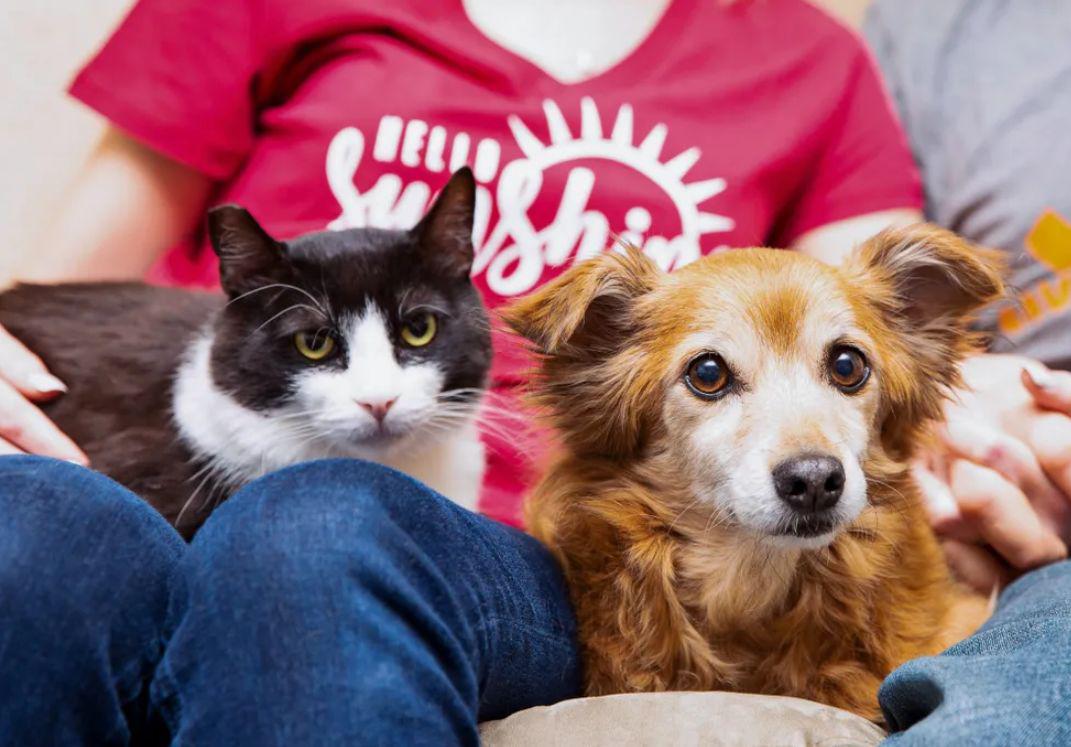# The Public Pet: Unleashing the Joy of Community Pets in Urban Living
## Introduction to The Public PetIn today’s fast-paced urban environment, the concept of **the public pet** is gaining traction as a delightful solution to……
## Introduction to The Public Pet
In today’s fast-paced urban environment, the concept of **the public pet** is gaining traction as a delightful solution to enhance community bonding and improve mental well-being. Imagine a world where pets are not just confined to individual households but are shared among neighbors, fostering connections and creating a sense of belonging. This article explores the benefits, challenges, and innovative ideas surrounding **the public pet** phenomenon.
## The Benefits of Community Pets
### 1. Social Connections
One of the most significant advantages of **the public pet** initiative is the potential for increased social interaction. When pets belong to the community, they serve as a bridge for people to connect. Dog parks, pet-friendly community events, and shared pet care responsibilities create opportunities for neighbors to meet, share stories, and form friendships. Pets can break down barriers, making it easier for individuals to engage with one another.
### 2. Mental Health Improvement
Pets are known to reduce stress and anxiety. By incorporating **the public pet** concept into urban life, communities can create a supportive environment where individuals can interact with animals, leading to improved mental health. Studies have shown that spending time with pets can release oxytocin, the “love hormone,” which promotes feelings of happiness and reduces feelings of loneliness.
### 3. Shared Responsibilities

With **the public pet** model, pet care responsibilities can be distributed among community members. This shared approach can alleviate the burden on individual pet owners, allowing them to enjoy the companionship of pets without the full responsibility. For instance, pet-sharing programs can be established where community members can take turns walking, feeding, or caring for pets. This not only fosters cooperation but also ensures that pets receive ample attention and care.
## Challenges of The Public Pet Concept
While the idea of **the public pet** is appealing, it is essential to acknowledge the challenges that come with it.
### 1. Health and Safety Concerns
One of the primary concerns regarding shared pets is health and safety. Ensuring that all community members are responsible pet owners is crucial. Vaccination records, regular health check-ups, and proper training are necessary to maintain a safe environment. Communities must establish guidelines to ensure that all pets are well-cared for and that interactions among pets and people are safe.
### 2. Legal and Liability Issues

Another challenge is the legal implications of shared pet ownership. Communities need to navigate liability issues, such as who is responsible if a pet causes harm or damage. Clear agreements and regulations must be established to protect both the pets and the community members involved.
## Innovative Ideas for Implementing The Public Pet
To successfully integrate **the public pet** concept into urban living, innovative ideas can be implemented:
### 1. Community Pet Days
Organizing community pet days can be a fun way to bring people together. These events can include pet parades, training sessions, and adoption drives. Such gatherings not only promote the idea of shared pets but also encourage responsible pet ownership and community involvement.
### 2. Pet Co-Ops

Establishing pet co-ops is another innovative approach. Community members can pool resources to care for a shared pet or a group of pets. This model allows for shared expenses, such as veterinary care and supplies, making pet ownership more accessible to those who may not be able to afford it individually.
### 3. Digital Platforms
Creating digital platforms where community members can connect and share information about **the public pet** can streamline communication. These platforms can include forums for pet care tips, scheduling shared pet activities, and even a directory of available pets for sharing.
## Conclusion
The concept of **the public pet** offers a unique opportunity to enhance community life, improve mental health, and foster social connections. While there are challenges to overcome, the potential benefits far outweigh the obstacles. By embracing this innovative idea, communities can create a more connected, compassionate, and joyful environment for both humans and pets alike. As urban living continues to evolve, the integration of **the public pet** could very well be the next step towards building stronger, more vibrant neighborhoods.